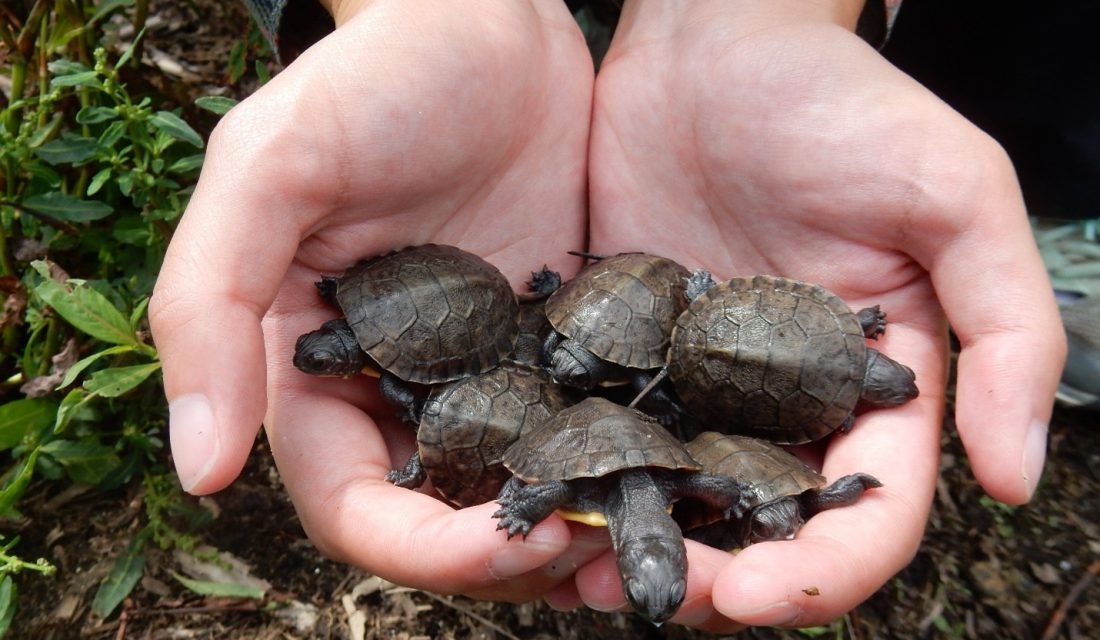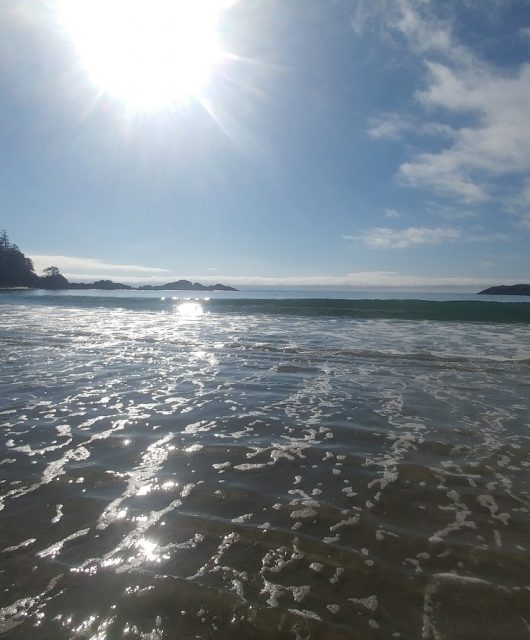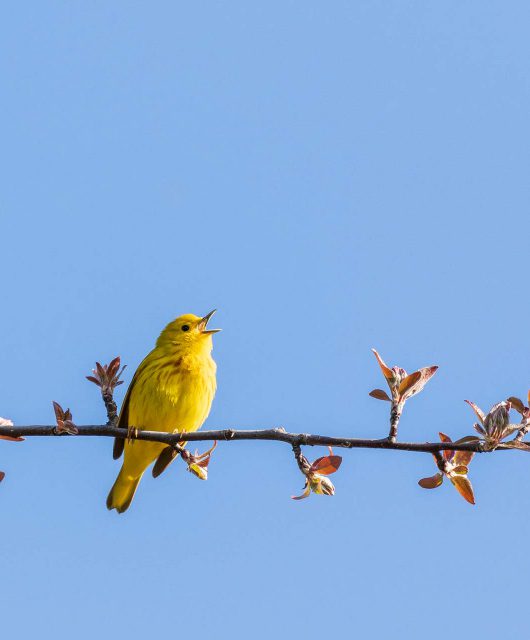Sponsored Story
With wildlife and habitats under dire threat, the Canadian Wildlife Federation’s new CEO issues an urgent appeal for Canadians to become more involved and help create a culture of conservation.
By Susan Kelly ©2024 Postmedia Network Inc.
Sean Southey is excited about his new role as chief executive officer of the Canadian Wildlife Federation (CWF). He will be working with his team to help the turtles, bats, whales and monarch butterflies, and he has hit the ground running. With Canada’s wildlife and habitats in dire straits, co-ordinated action is needed, and everyone has a role to play in the race to save species from extinction.

“The work that CWF does in these areas is so important,” says Southey, who will be based at the head office in Kanata, Ont. “This beautiful country is at a crossroads, and we need more people to get involved.”
Southey brings more than 30 years of experience to the national, not-for-profit charitable organization that since 1962 has grown to become one of Canada’s oldest and largest conservation organizations. He has extensive experience with international nature causes but feels a pressing need to help at home.

Of the thousands of species in Canada, more than 800 plants and animals are at risk of being lost forever. The plight of bee, salmon and monarch butterfly populations has been well documented. The North Atlantic right whale is on the International Union for the Conservation of Nature’s critically endangered list, with less than 70 breeding females left, but actions by crab and lobster harvesters are helping save the species. All the country’s eight species of freshwater turtles are federally listed as species at risk, but efforts by the public and governments to conserve wetlands and reduce road mortality are making a difference.
The causes of biodiversity loss are manyfold and complex, and they include climate change and habitat loss due to human encroachment. Over the next five years, CWF will prioritize advancing conservation solutions, including grassland conservation, native habitat restoration, restoring freshwater connectivity by removing barriers to fish passage and finding better ways to co-exist with wildlife.
“It’s part of our organization’s DNA to respond,” Southey says. “One of the things I’m most excited about is to visit our teams across the country working on conservation response, like those that provide whale-safe fishing gear and training for fish harvesters.”

Engaging and inspiring people is crucial for advancing wildlife conservation in Canada, and Southey is excited to contribute to this effort by promoting education as a key tool. He looks forward to connecting with some of the 15 to 18 year-old volunteers who participated in CWF service programs like the Canadian Conservation Corps and WILD Outside.
“Indigenous knowledge and leadership are essential as we move forward with reconciliation,” Southey says, as CWF is committed to building partnerships to recover species at risk and maintain Canada’s abundant wildlife.
“We have much to do, but I am confident that more people across the country will support this amazing organization through contributing money or time,” Southey states. “Their support is vitally needed to further our programs and build a true culture of conservation in Canada.”
This story was created by Content Works, Postmedia’s commercial content division, on behalf of the Canadian Wildlife Federation.




